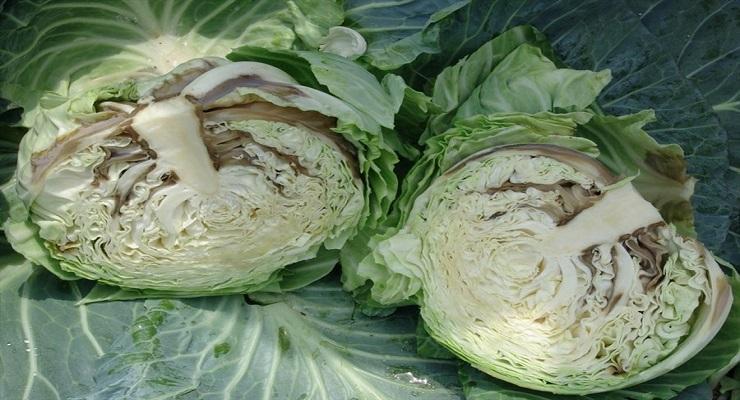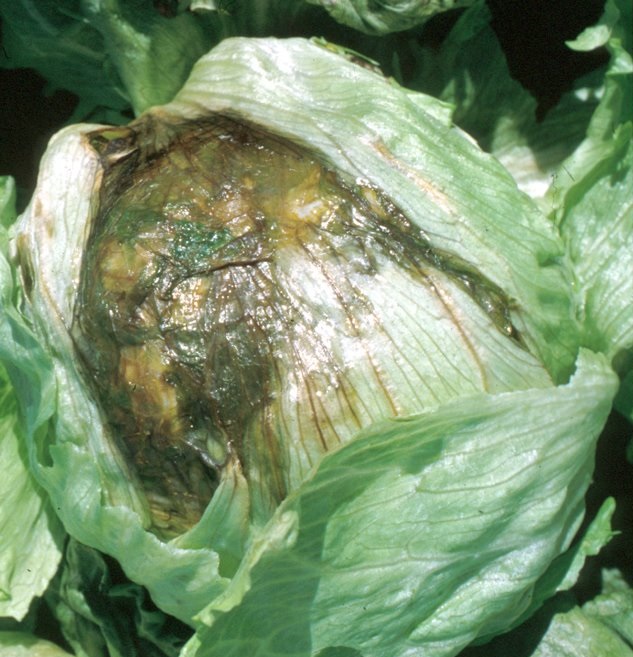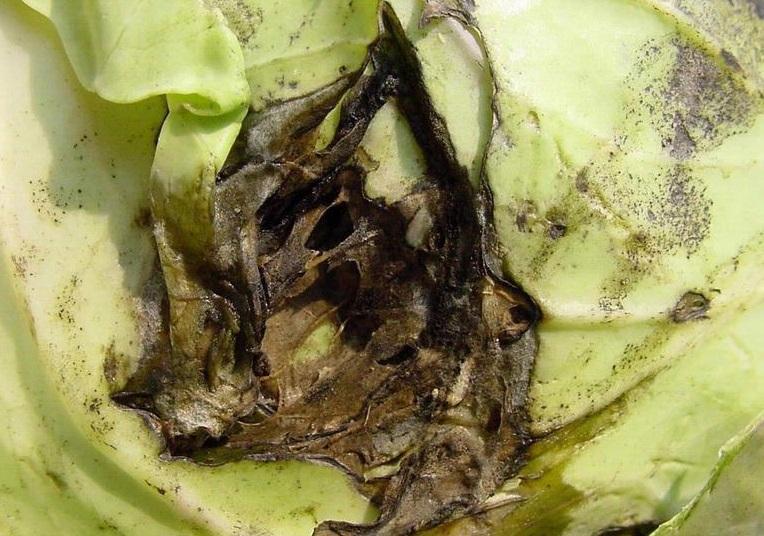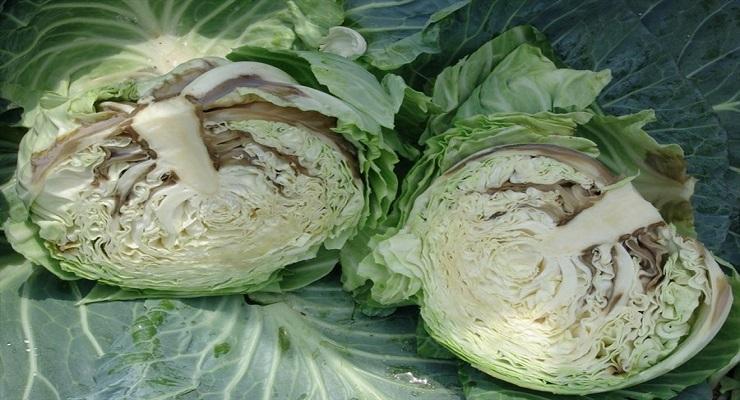Bacterial soft rot of cabbage (Pectobacterium carotovorum subsp. carotovorum) – identify and control

Bacterial soft rot of cabbage was reported only in 1934, on rapeseed and turnip. The attack is very dangerous to seed crops and can cause damage during vegetable storage.
Symptoms. The bacterial soft rot is observed in cruciferous crops in the second part of the vegetation period, in rainy years. Or, on plots where water drainage does not normally occur. The attack on the cabbage is observed at the place where the leaf tail is attached, where first a moist, yellowish, then greyish rot appears. If there is high atmospheric humidity, the attack completely covers the cabbage’s head, turning it into a mass of smelly mucilage. The head will fall short. A similar attack takes place on kohlrabi, and on cauliflower partial or total rotting of the inflorescence can be observed.



The bacterial soft rot of cabbage resists in the attacked plant debris left on the field. It can be transmitted through the propagation material. From the soil, the bacterium enters the plant through the small wounds of the roots and causes general infection, spreading through the conducting vessels. In warehouses, the attack is even more severe as the temperature approaches 20-25°C and is associated with the attack of Botrytis cinerea and Sclerotinia sclerotiorum. The bacteria attack many species, the host plant circle including brassicas, root, and bulbous vegetables. The bacteria resist only in the soil and are not transmitted through seeds, practically all the fields where vegetables have been grown are infected with this bacterium.
Prevention and control. Crop hygiene measures are required after the land has been cleared of attacked crops. During storage, healthy seeds should be selected and adequate ventilation should be provided in the storehouses to avoid temperature rise. The optimum storage temperature for cabbage is + 1°C. In seed crops, the planting season must be respected, the old leaf residues must be removed, and to control the soil pests that can cause root injuries. When planting vegetable crops, care must be taken not to use some of the crops that can be attacked by bacteria. During the vegetation period, it is recommended to apply treatments with specific fungicides.















































































































































































































































































































































































































































